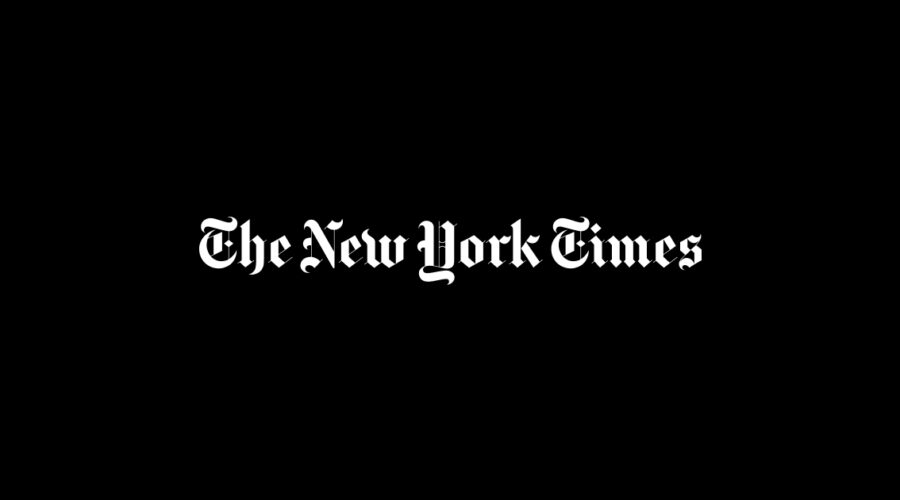The June Payrolls Report Probably Doesn’t Change Much for the Fed
Federal Reserve policymakers are debating how much further they need to raise interest rates to ensure that inflation speedily returns to a normal pace, and that calculus is likely to depend heavily on the job market’s strength.
Friday’s jobs report probably did little to change policymakers’ minds about the current state of the labor market.
While job gains are slowing down, wage growth remains stronger than usual: Average hourly earnings climbed 4.4 percent in the year through June, versus an expectation for 4.2 percent, and wage gains for May were revised higher. Fed officials are closely watching pay growth, because they worry that if wage growth remains unusually rapid, it could make it difficult to bring elevated inflation fully back to their 2 percent goal.
The logic? Companies that are paying their workers better are likely to try to raise their prices to cover heftier labor bills, and families earning more will be more capable of paying higher prices.
Fed officials have been surprised by the economy’s staying power 16 months into their push to slow it down by raising interest rates, which makes borrowing money more expensive. While growth is slower, the housing market has begun to stabilize and the job market has remained abnormally strong with plentiful opportunities and at least some bargaining power for many workers.
That resilience — and the stubbornness of quick inflation, particularly for services — is why policymakers expect to continue raising interest rates, which they have already lifted above 5 percent for the first time in about 15 years. Officials have ratcheted up rates in smaller increments this year than last year, and they skipped a rate move at their June meeting for the first time in 11 gatherings. But several policymakers have been clear that even as the pace moderates, they still expect to raise interest rates further.
“It can make sense to skip a meeting and move more gradually,” Lorie K. Logan, the president of the Federal Reserve Bank of Dallas, said during a speech this week, while noting that it is important for officials to now follow up by continuing to lift rates.
She added that “inflation and the labor market evolving more or less as expected wouldn’t really change the outlook.”
Fed officials predicted in June that they would raise interest rates twice more this year — assuming they move in quarter-point increments — and that the labor market would soften, but only slightly. They saw the unemployment rate rising to 4.1 percent, which would be up from 3.6 percent in June.
Investors widely expect Fed officials to raise interest rates at their July meeting, and the strength of the labor market could help to shape the outlook after that. While policymakers will not release new economic projections until September, Wall Street will monitor how policymakers are reacting to economic developments to gauge whether another move this year is likely.
Jeanna Smialek writes about the Federal Reserve and the economy for The Times. She previously covered economics at Bloomberg News. More about Jeanna Smialek
Source: Read Full Article

